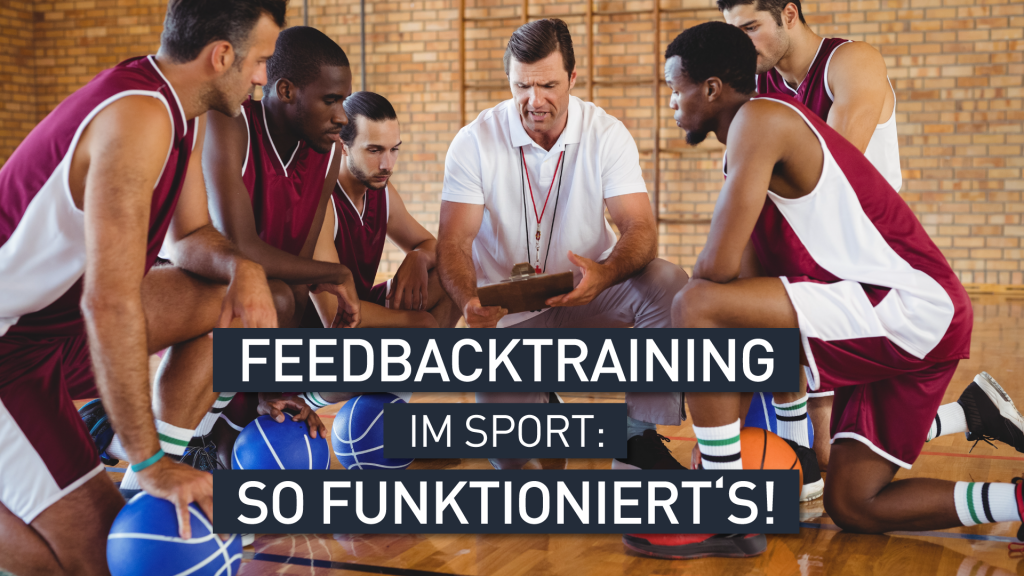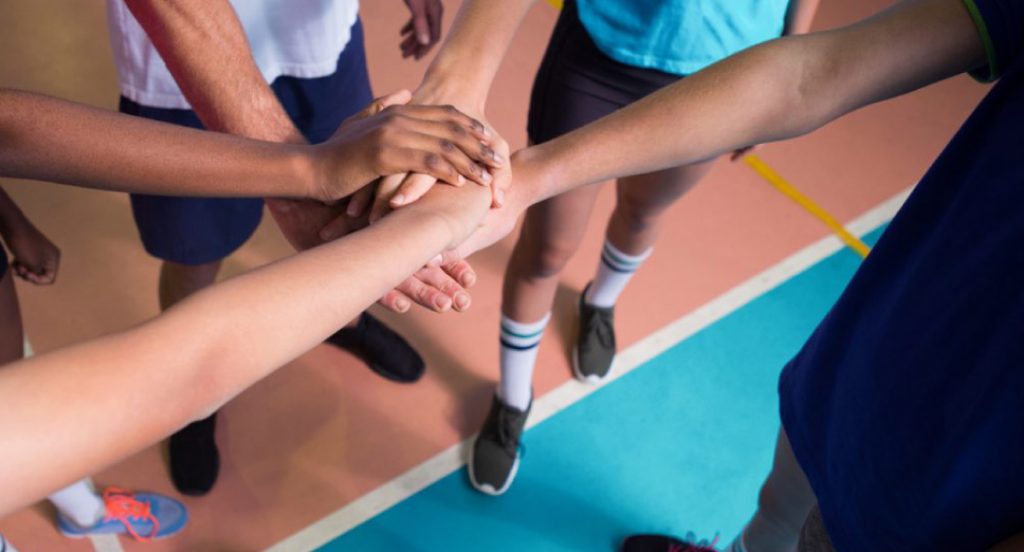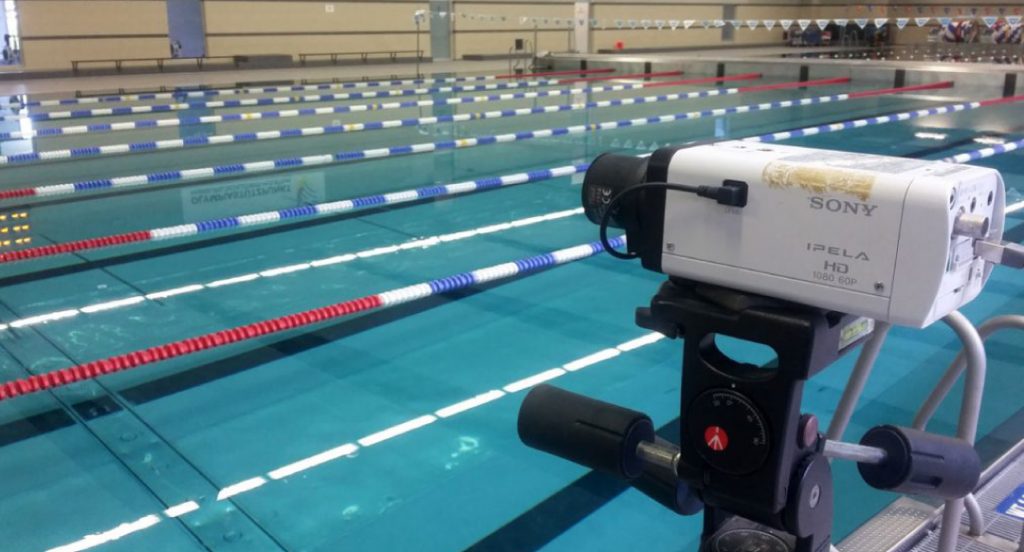
Feedback - a discipline that is versatile. Most people will be familiar with the term from management. But feedback is also of great importance in sports: Here it can be used in numerous sports, both in training and in competitions.
The following article is intended to answer the questions of what is meant by the term "feedback training" in sports, how feedback training works, and what benefits are associated with it, as well as to clarify other interesting facts about feedback training.
Feedback in a general context
The Duden describes feedback as
"Reaction that indicates to someone that a particular behavior, utterance, or the like is understood by the communication partner [and has resulted in a particular behavior or change in behavior]."
The purpose of feedback is to compare and feed back actual values with set planned values.
Feedback training in employee management
The term feedback training is usually first known from employee management (training and development) in companies: Giving feedback is one of the most important communication skills for employees of a company and is a fundamental management tool. Feedback skills and a functioning feedback culture are considered important components of a good working atmosphere.
Feedback training has the particular aim of enabling the players in a company to exchange information with each other in order to understand each other. A few basic "guidelines" must be observed here: For example, the feedback giver should encourage the feedback receiver and not weaken him. After all, both praise and criticism are part of the feedback mechanism. The participants must first learn exactly how feedback is to be exchanged.
These basic principles can also be applied to sports. Because feedback plays a significant role not only in employee management...

Feedback training in sports
In sports, feedback training is defined as a particular training procedure in which "information technologies are used for additional feedback to the athlete or to optimize the coach's instructions."
Feedback training can be combined with video technology - i.e. video recording - due to the technologies available today. The so-called video training - a method with which, for example, an athlete can learn in a self-reflective and action-oriented manner - incorporates video recordings into the usual training. With the help of the visual information, the athlete can correct his or her movements and thus independently avoid future mistakes.
The video feedback - i.e. a video-based interaction between two parties - is a "subform" of video training. In video feedback, a distinction is made between immediate and rapid information. In the case of immediate information, the trainer uses the video to provide feedback while the movement is still being executed. Quick information takes place immediately after the execution of the movement.
The concept of video feedback (called video feedback training in the context of training) was already used in sports practice in the 1980s and 1990s. However, the technology was initially complex, so video feedback was not pursued for several years. Today - with simplification of the technology - video feedback is making a comeback.
Numerous benefits from feedback training...
Feedback training - regardless of whether it is done in conjunction with a video or not - makes it possible, among other things, to improve one's own learning performance and body awareness. This leads to faster results than ordinary training without feedback.
...with video technology
If video technology is used in addition to feedback, there are further advantages: Video feedback is, for example, time-efficient, because an evaluation takes place just a few seconds after the movement is executed. The learning success is thus influenced to a high positive degree. Coaches and athletes can also objectively evaluate performance and processes. The video analysis software from ccc (e.g. utilius kiwano) can replay a movement with a time delay using the timeshift function.
Interessieren Sie sich für Weitere Informationen zum Multikamerasystem utilius kiwano? Dann downloaden Sie sich doch gerne unser Whitepaper zum Thema “Videoanalyse im Fußball”.
Thus, it is already possible to assess technique and tactics during the recording in progress. Errors can be detected promptly and those involved can react to them. The software facilitates the learning, training and perfecting of movement sequences and techniques during each training session. In doing so, video feedback should support the trainer instead of placing an additional burden on him or her due to time demands. A special software should therefore be quick and easy to integrate into the training practice, simple and intuitive to use.

In combination with the multi-camera system, further advantages arise
Finally, the video analysis software is combined with the multi-camera system. Here, several fixed or mobile cameras record the athlete's movements from multiple perspectives; the recordings are played back on a monitor with a time delay.
Video analysis software can help athletes improve their movements and techniques, making both training and debriefing and preparation for competitions more efficient.
Der Praxisguide “Videoanalyse im Sport” widmet sich in einem Kapitel ausführlich dem Thema Training with Video Feedback. Außerdem können Sie einige spannende Anwendungsbeispiele dieser Disziplin nachlesen.

Conclusion
Supporting training with video feedback training is therefore extremely important. The effectiveness of feedback training has been proven by numerous studies. With the help of the right hardware (e.g. permanently installed cameras) as well as software (e.g. video analysis software from ccc), easy use of this tool in training and competition is ensured.
It should be noted, however, that the correct implementation should be observed (temporal intervals of feedback, etc.) and stimulus overload should be avoided. The result is more efficient training processes and faster learning even of complex movement sequences.

Leave a Reply